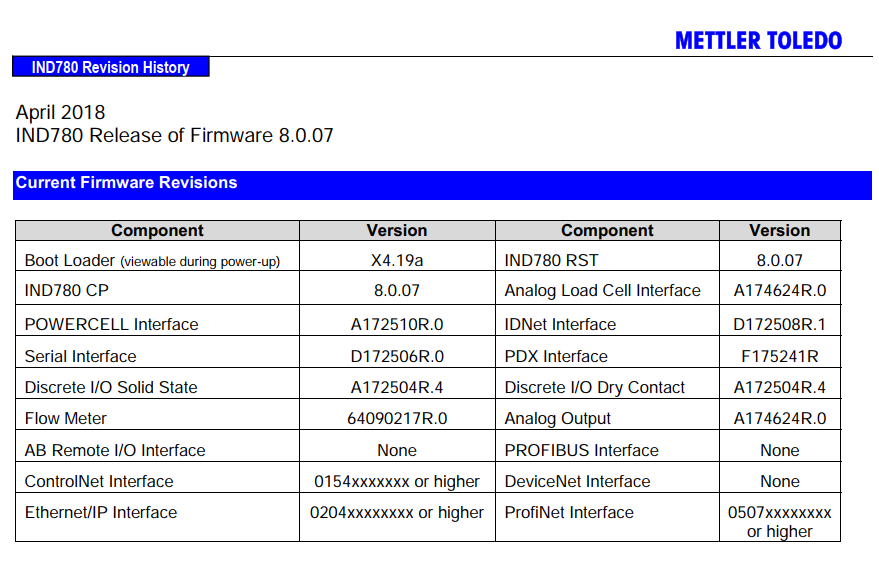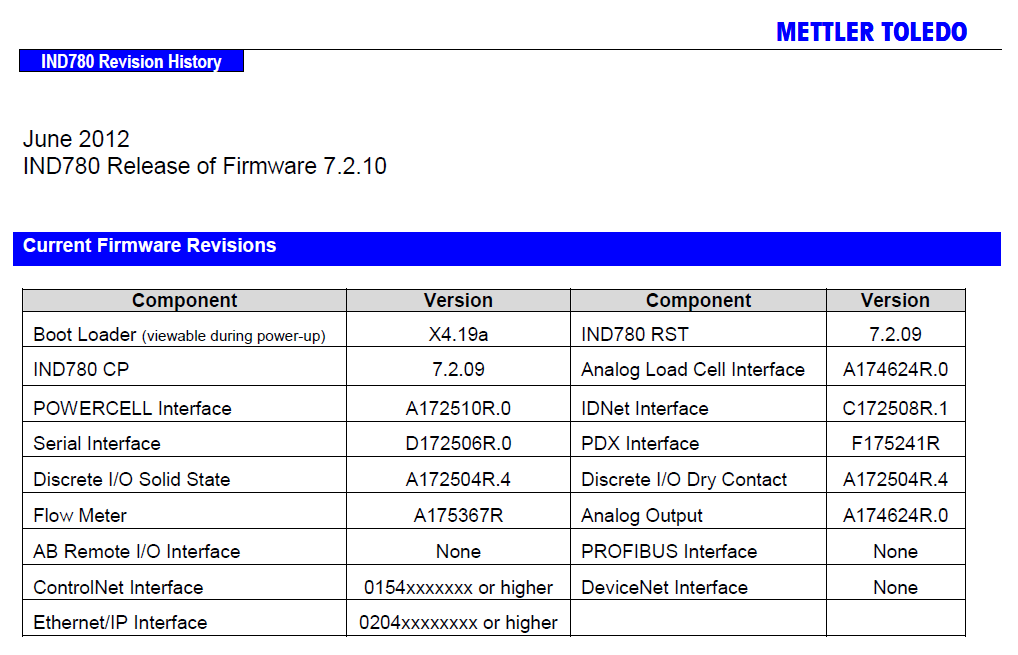The Iconic and Inspiring Vacations Cases
Introduction
Recent cybersecurity incidents involving The Iconic, an Australian online fashion and sports retailer, and Inspiring Vacations, a Melbourne-based travel agency, have brought to light crucial cybersecurity lessons. These cases emphasize the importance of regular security assessments and robust cyber defenses.
The Iconic’s Account Fraud:
1. Two-Factor Authentication (2FA) is Crucial:
– Customers reported unauthorized access and purchases, highlighting the necessity of 2FA.
– Example: A customer’s account was used to make a $700 purchase without authorization.
2. Rapid Response and Customer Support:
– The Iconic’s commitment to refunding affected customers demonstrates the importance of quick response mechanisms.
3. Regular Password Changes:
– The company’s advice to regularly change passwords underscores a basic yet vital security practice.
4. Vigilance Against Increased Fraudulent Activity:
– The noted increase in fraudulent login attempts serves as a reminder for continuous monitoring.
Inspiring Vacations Data Breach:
1. Database Security and Configuration:
– The breach, caused by misconfigured cloud storage, exposed over 112,000 personal records, illustrating the criticality of proper database security.
2. Potential Consequences of Data Exposure:
– The exposure of sensitive data, such as passport details, can lead to severe issues like identity theft.
3. Legal Compliance and Reporting:
– Compliance with legal obligations, such as reporting breaches, is essential.
General Lessons and Recommendations:
1. Implement Robust Cybersecurity Measures:
– Use comprehensive security tools, including firewalls and intrusion detection systems.
2. Educate Employees and Customers:
– Regular training and awareness campaigns are key to reducing breach risks.
3. Regular Security Assessments:
– Proactive vulnerability assessments can prevent potential breaches.
4. Plan for Incident Response:
– An effective incident response plan is critical for quick recovery.
5. Stay Informed About Latest Threats:
– Keeping abreast of new cyber threats helps in preemptive defense.
Conclusion
The incidents at The Iconic and Inspiring Vacations highlight the relentless nature of cyber threats in the digital age. Businesses must prioritize regular security assessments, comprehensive cybersecurity strategies, and ongoing education to safeguard against these risks.
If you would like to know how SidSecure can help assess the digital security of your assets, then please get in touch with us today.




